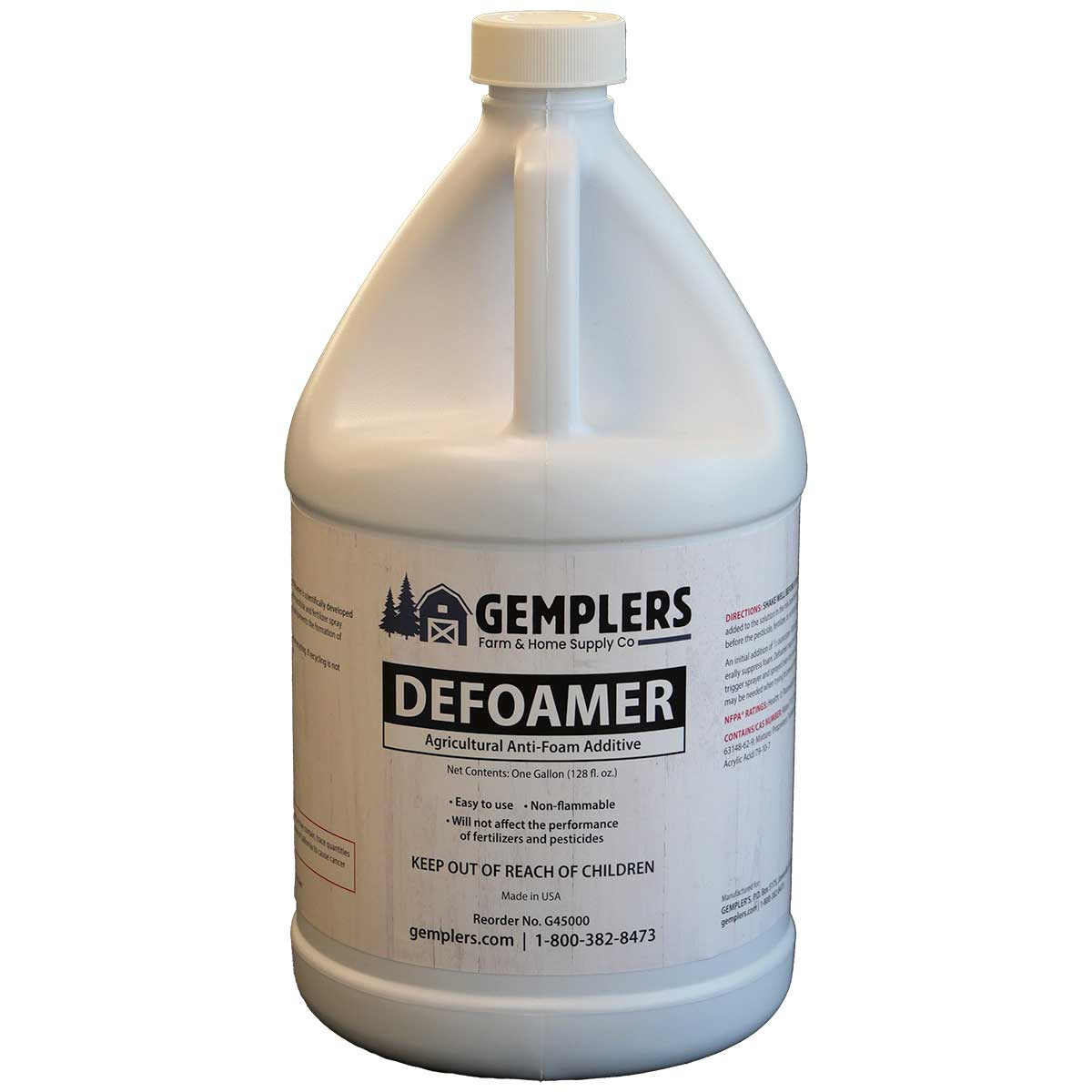Discover the Top Advantages of Using Defoamers in Industrial Processes
The application of defoamers in industrial processes offers a variety of compelling advantages that can enhance functional efficiency and item quality. By properly managing foam manufacturing, these representatives not just enhance product flow yet likewise add to significant price reductions and enhanced sustainability. Their application extends several fields, which questions about their function in mitigating ecological impact while making certain regular output. Comprehending these benefits is essential for sectors intending to refine their processes. The ramifications of taking on defoamers may be a lot more extensive than initially viewed. What certain advantages could your organization harness?
Enhanced Process Efficiency
Optimizing industrial processes typically includes dealing with frothing problems, which can impede functional effectiveness. Foam formation can disrupt the proper functioning of equipment, reduce the effective application of sources, and make complex the tracking of important specifications. By carrying out defoamers, markets can efficiently reduce these issues, leading to structured procedures and improved productivity.
Defoamers job by destabilizing the foam framework, permitting rapid collapse and significant decrease in foam volume. This action not only boosts the circulation of materials via tools, such as pipelines, mixers, and reactors, but additionally lessens disruptions caused by foam overflow. Tools downtime is decreased, allowing for an extra constant and reliable manufacturing process.
In addition, the use of defoamers can lead to minimized energy consumption. With much less foam to manage, compressors and pumps can run more successfully, leading to reduced operational prices and a general renovation in process throughput. Inevitably, the tactical use of defoamers not only addresses prompt foaming difficulties yet additionally adds to a much more efficient commercial environment, promoting an affordable advantage in a requiring market.
Improved Product High Quality
The assimilation of defoamers in industrial processes plays a crucial function in boosting item quality. By successfully regulating foam formation, defoamers add to the consistency and harmony of end products. Excessive foam can result in aeration, which adversely influences the appearance and stability of formulations, especially in markets such as food and finishings, beverages, and pharmaceuticals.

Moreover, defoamers promote much better mixing and diffusion of components, leading to homogeneity in solutions. This is vital in applications where precise active ingredient ratios are critical for efficiency and safety. In addition, the elimination of foam can lower the danger of contamination throughout production, further guarding product honesty.
Ultimately, by boosting product top quality, defoamers not only boost consumer satisfaction however also strengthen brand name track record. Their role in preserving high-quality requirements emphasizes their significance in modern-day industrial processes.
Price Reduction Advantages
Implementing defoamers in commercial procedures can cause significant cost decrease advantages. By effectively managing foam development, defoamers reduce item loss throughout manufacturing, therefore maximizing material usage. This decrease in waste converts directly into lower basic material prices, enhancing overall operational effectiveness.
In addition, using defoamers can decrease energy usage. Extreme foam can impede tools efficiency, bring about increased energy demands to maintain manufacturing degrees. By mitigating foam, defoamers help with smoother operations, permitting machinery to run extra successfully and lowering power expenses.

Additionally, defoamers can shorten processing times. Foam can develop added obstacles that extend production cycles. By utilizing defoamers, industries can streamline their procedures, causing faster turn-around times and improved throughput. This efficiency not just increases production but also permits business to satisfy market demands extra quickly.

Environmental Influence Reduction
In industrial processes, the use of defoamers plays a critical role in mitigating environmental effects connected with foam generation. Foam can bring about substantial operational ineffectiveness, leading to raised emissions and waste generation. By efficiently managing foam, defoamers assist keep procedure performance, thereby decreasing the general environmental footprint of procedures.
Additionally, too much foam can overflow containment systems, resulting in spills that may contaminate soil and water resources. Defoamers help reduce this risk by guaranteeing that lathering does not surpass prescribed limits, promoting compliance with ecological laws. This aggressive strategy not just safeguards environments however likewise improves the sustainability of industrial practices.
Additionally, the usage of defoamers can decrease power usage in various processes. defoamers. Lowering foam development lessens the demand for extra energy-intensive steps, such as increased frustration or pumping, which might or else be required to manage foam. Subsequently, the fostering of defoamers aligns with broader sustainability objectives by promoting energy performance while decreasing the carbon impact of industrial tasks.
Eventually, integrating defoamers right into industrial procedures is a read here calculated step that sustains environmental stewardship and liable resource monitoring.
Adaptability Across Industries
Throughout various markets, defoamers demonstrate exceptional flexibility, adjusting to the particular demands of diverse applications. In the food and drink industry, for instance, defoamers are critical to preserving item quality by stopping foam formation during handling, which can affect structure and taste. Likewise, in the pharmaceutical sector, defoamers guarantee the security of solutions, enhancing product effectiveness and uniformity.
In the chemical manufacturing world, defoamers promote smoother operations by reducing foam in response vessels, hence improving yield and minimizing downtime. The paper and pulp sector relies upon defoamers to enhance the effectiveness of pulp handling and paper manufacturing, ensuring optimal product stability. Furthermore, in wastewater therapy centers, defoamers play an essential role in controlling foam during aeration processes, resulting in enhanced therapy end results.
The convenience of defoamers reaches the oil and gas industry, where they assist in managing foam in my site drilling fluids and production processes. By tailoring formulations to meet particular market demands, defoamers serve as important devices that improve operational effectiveness, product quality, and overall process effectiveness throughout a plethora of fields. Their flexibility emphasizes their worth in contemporary industrial applications.
Conclusion
Finally, the usage of defoamers in commercial procedures presents numerous benefits, including enhanced performance, enhanced item high quality, significant price decreases, and positive ecological impacts. Their capacity to successfully control foam development contributes to operational connection and resource optimization. In addition, the adaptability of defoamers across varied industries highlights their vital duty in promoting lasting methods and profitability. The assimilation of defoamers represents a critical method to resolving challenges related to wikipedia reference foam management in different making environments.
Ultimately, the strategic use of defoamers not just addresses prompt frothing obstacles but also contributes to a much more reliable commercial ecological community, fostering an affordable advantage in a demanding market.
In industrial processes, the use of defoamers plays a vital duty in mitigating ecological influences linked with foam generation. By properly controlling foam, defoamers aid keep procedure performance, thereby reducing the total environmental impact of procedures.
In addition, in wastewater therapy facilities, defoamers play a crucial function in controlling foam during aeration procedures, leading to better therapy results.
